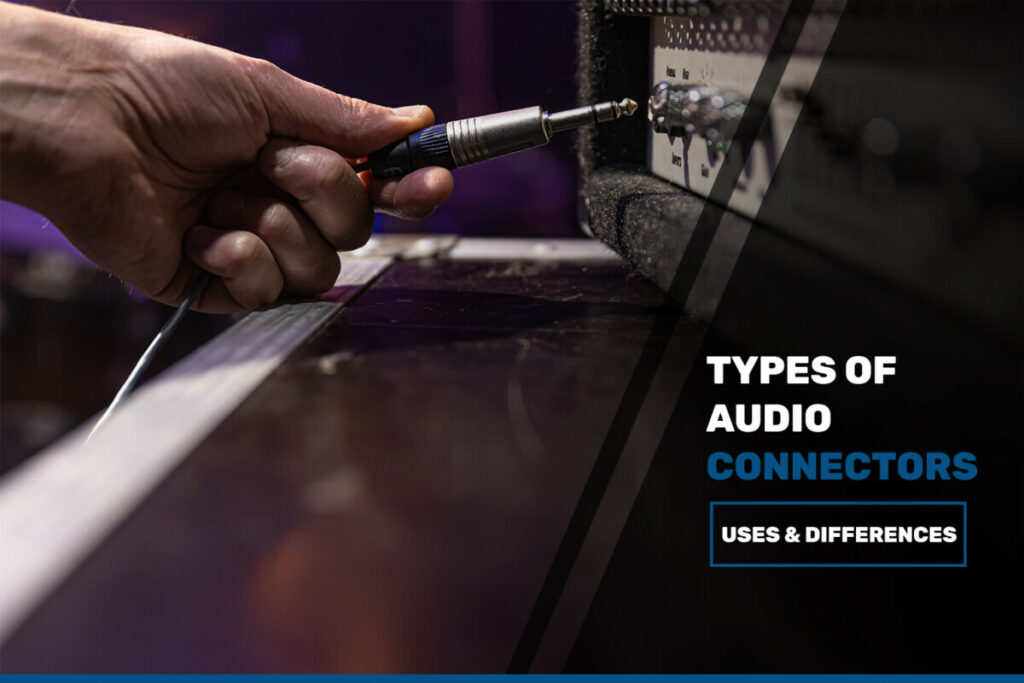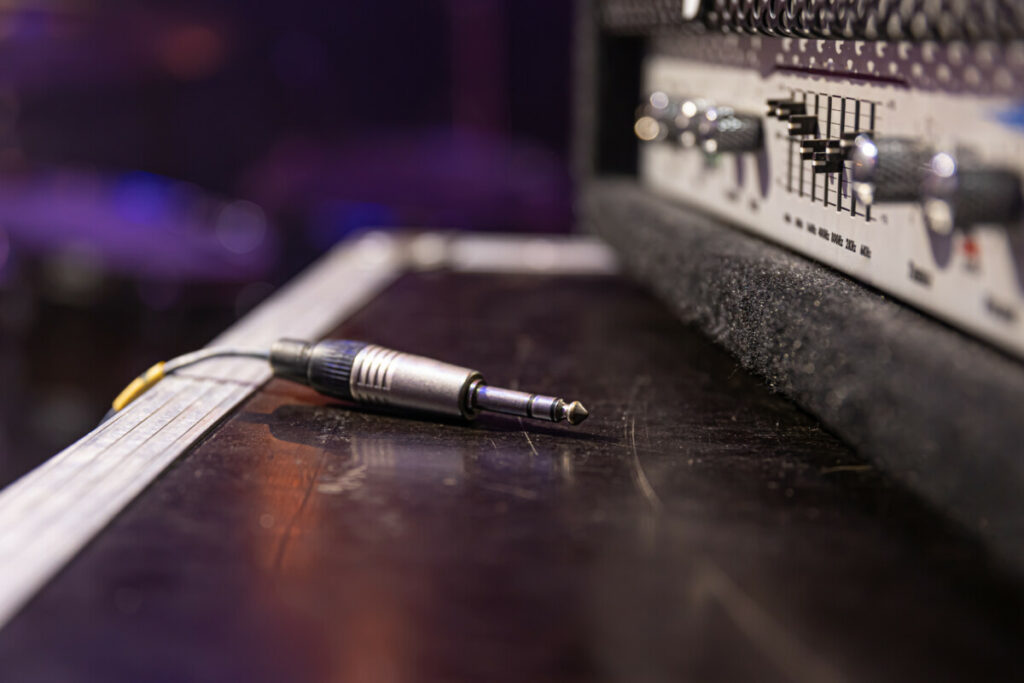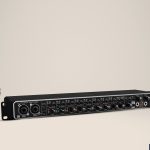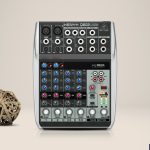
Whether you’re an audio pro or just someone looking to improve their home setup, this guide will help you navigate the diferent types of connectors available on the market.
From classic analog options to cuting-edge digital alternatives, we’ll explore the varius options and their specific uses and applications.
So, grab your favorite pair of headphones and get ready to plug in as we dive into the world of audio connectors!
How Many Types Of Audio Connectors Are There?
From classic analog options like the RCA (which stands for Really Cool Audio) to cutting-edge digital alternatives like USB (Universal Sound Backup), we’ll explore the various options and their specific uses and aplications.

RCA: RCA connectors are the traditional analog audio connector, commonly used for connecting audio equipment such as amplifiers, CD players, and turntables. These are like the granddad of audio connectors, they’ve been around since the dawn of audio equipment.
XLR: XLR connectors are commonly used in professional audio equipment and live sound aplications. They are balanced connectors that provide a higher level of noise reduction compared to unbalanced connectors such as RCA.
XLR’s are the fancy pants of audio connectors, they’re the ones you’ll see on stage at a concert.
TRS: TRS connectors, also known as “tip-ring-sleeve” connectors, are commonly used for balanced audio connections and stereo audio signals. These connectors are like the little black dress of audio connectors, they’re always appropriate and versatile.
TS: TS connectors, also known as “tip-sleeve” connectors, are commonly used for unbalanced mono audio signals. These connectors are like the sweatpants of audio connectors, they’re comfortable and reliable.
S/PDIF: S/PDIF (Sony/Philips Digital Interface) connectors are used for digital audio signals and are typically found on digital audio equipment such as CD players and digital audio interfaces. S/PDIF connectors are like the tech-savvy cousin of audio connectors, always up to date with the latest technology.
AES/EBU: AES/EBU (Audio Engineering Society/European Broadcasting Union) connectors are a professional digital audio standard, similar to S/PDIF but with higher quality and greater transmission distance. These connectors are like the over-achieving older brother of S/PDIF, they’re a bit more advanced but still in the same family.
USB: USB connectors are commonly used for digital audio connections, such as connecting a computer to an audio interface or a digital audio workstation. These connectors are like the Swiss Army knife of audio connectors, they can do a little bit of everything.
FireWire: FireWire connectors, also known as IEEE 1394, are similar to USB connectors but provide higher data transfer rates and are typically found on professional audio equipment. These connectors are like the race car of audio connectors, they’re fast and powerful.
HDMI: HDMI connectors are typically used for video connections, but they also support audio and are often used to connect audio devices such as AV receivers and soundbars to a TV or other video source. These connectors are like the party animal of audio connectors, they’re always ready to have a good time.
3.5mm Jack: 3.5mm jack connectors are commonly used for headphones and portable audio devices, and can also be found on some audio equipment and computers as an audio input/ouput. These connectors are like the best friend of audio connectors, they’re always there when you need them.
This list is not exhaustive, and there are other types of audio connectors that are less commonly used, but the above mentioned are the most popular and widely used.
Balanced VS. Unbalanced Connectors

As you can notice, above I mentioned the cables being balanced or unbalanced, and the good thing for everybody is to have a clearer idea on what these two phrases tell in connectors.
Comparing balanced and unbalanced connectors it’s like the “Team Edward vs Team Jacob” of the audio world, except instead of vampire and werewolf, we mention balanced and unbalanced connectors.
Unbalanced connectors, also known as “the common folk” of audio connectors, carry an audio signal on a single wire with the other wire serving as the ground. These connectors are typically found on consumer-grade audio equipment and are often used for mono audio signals.
Examples of unbalanced connectors include TS (Tip-Sleeve) connectors and RCA connectors. These connectors are like the Mac and Cheese of audio connectors, simple and comforting but not always the best option for professional settings.
On the other hand, balanced connectors, also known as the “elite” of audio connectors, carry an audio signal on two separate wires with a third wire serving as the ground.
These connectors provide a higher level of noise reduction compared to unbalanced connectors and are typically found on professional audio equipment and live sound applications.
Examples of balanced connectors include XLR and TRS (Tip-Ring-Sleeve) connectors. These connectors are like the fancy steak dinner of audio connectors, they’re a bit more fancy but provide a better overall experience.
The main difference between balanced and unbalanced connectors is that balanced connectors have an additional wire that is used to cancel out any external noise and interference, making them more suitable for use in professional audio equipment and live sound applications for cleaner sound.
Think of it like upgrading from a flip phone to a smartphone, you still make calls but the experience is on a whole different level.
In short, if you’re just starting out or just want to enjoy some musi at home, unbalanced connectors are more than enough, but if you’re looking to take your audio to the next level and want to produce professional-grade audio, balanced connectors are the way to go. Happy connecting!
Final Word
As you can notice, there are ten types of audio connectors that you can use with your audio devices, and you can be more than sure that they will do a perfect job overall.
By using the right audio connector for your devices, you will be achieving the best audio experience and a great overall use for those devices.
Anyways, I hope that in this article you found everything you needed to know about types of audio connectors! Good luck!
Mix & Mastering
I love to get my hands on all sorts of audio equipment, from headphones and speakers to audio interfaces. I love putting these products through their paces and seeing what they can do.





